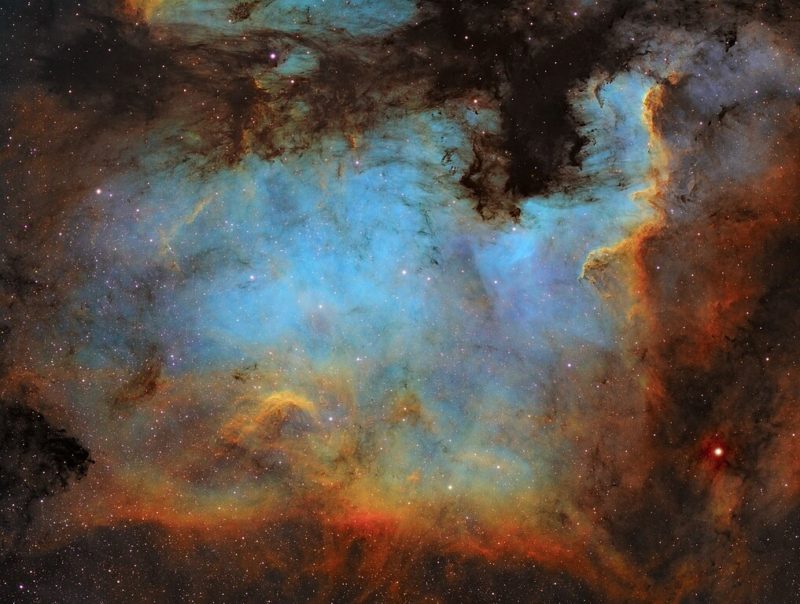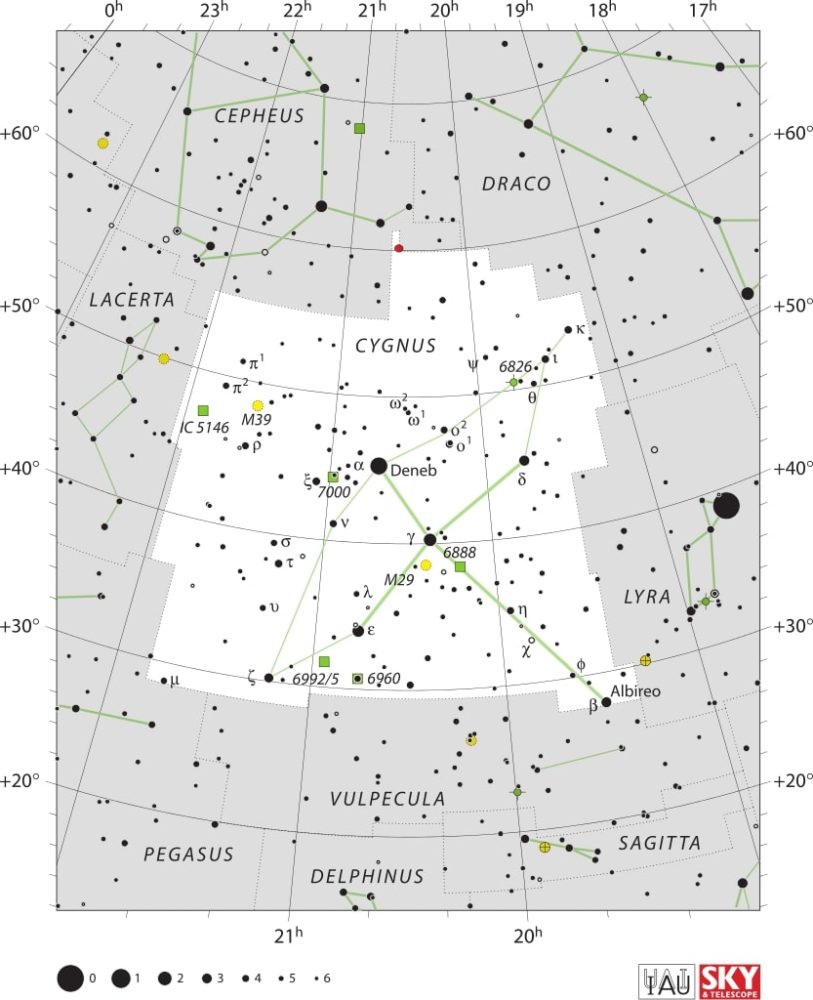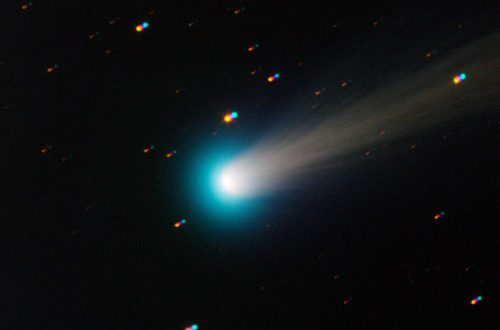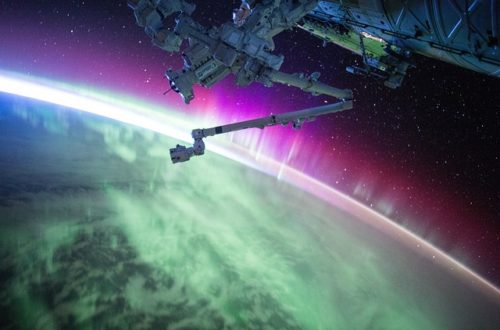NGC 7000: The North America Nebula

The North America Nebula, also known as NGC 7000, has long been a popular subject of astrophotography. This stunning celestial object, named after its resemblance to the North American continent, is one of the most beautiful and awe-inspiring regions of our galaxy.
In this article, we will delve deeper into the intricacies of NGC 7000 and explore the wonders it holds within.
North America Nebula Location
NGC 7000 or the North America Nebula is located in the constellation of Cygnus about 2,590 light years away from Earth and spans 90 light years north to south.

Exploring the Magnificent Structure of NGC 7000
The magnificent structure of NGC 7000 is a testament to the beauty and wonder of our universe. Its distinctive shape resembles that of the North American continent, which is how it got its name. The intricate details of this nebula can be seen through a telescope or binoculars, revealing a breathtaking display of colors and patterns.
The nebula is primarily composed of hydrogen gas, which is ionized by the radiation of nearby stars. The result is a glowing mass of gas and dust that illuminates the surrounding area. Exploring the structure of the North America Nebula is a fascinating experience that allows us to appreciate the beauty of our universe and the intricate processes that shape it.
Examining its Properties and Characteristics
NGC 7000 is an emission nebula which is part of the same interstellar cloud of ionized hydrogen (H II region) as the Pelican Nebula. This fact was discovered by American astronomer Stewart Sharpless, who listed the two nebulae together in his Sharpless catalog as Sh2-117. The two nebulae are separated by a dark band of dust, which is why they were originally thought to be two separate objects.
The parts of the nebula that look like Mexico and Central America are home to a massive star-forming region known as the Cygnus Wall. By examining the properties and characteristics of NGC 7000, astronomers can gain valuable insights into the formation and evolution of stars, as well as the interstellar medium.
How to Find NGC 7000 in the Night Sky
To find this nebula, one must locate the bright star Deneb in the constellation Cygnus, which serves as a pointer to the North America Nebula. With a telescope or binoculars, viewers can enjoy the intricate details and structures of NGC 7000, such as the dark dust lanes and bright emission regions. Capturing photos of this magnificent nebula is also possible with the appropriate equipment and techniques.
Conclusion
In summary, NGC 7000, also known as the North America Nebula, is a truly magnificent and awe-inspiring celestial sight. Uncovering the mysteries behind this celestial wonder has allowed us to learn more about the properties and characteristics of this gorgeous nebula.
By knowing how to find the North America Nebula in our night sky and using telescopes or binoculars, we can enjoy breathtaking views of this spectacular nebula. And for those with a passion for astrophotography, capturing stunning photos of NGC 7000 is a wonderful way to appreciate its beauty and share it with others. Whether you’re a professional astronomer or simply a lover of the night sky, taking the time to appreciate the wonder and beauty of the North America Nebula is an experience that will stay with you for a lifetime.
Would you like to receive similar articles by email?





